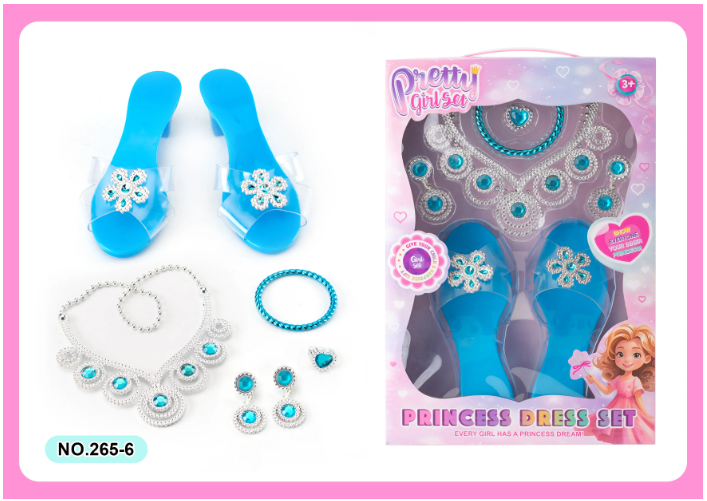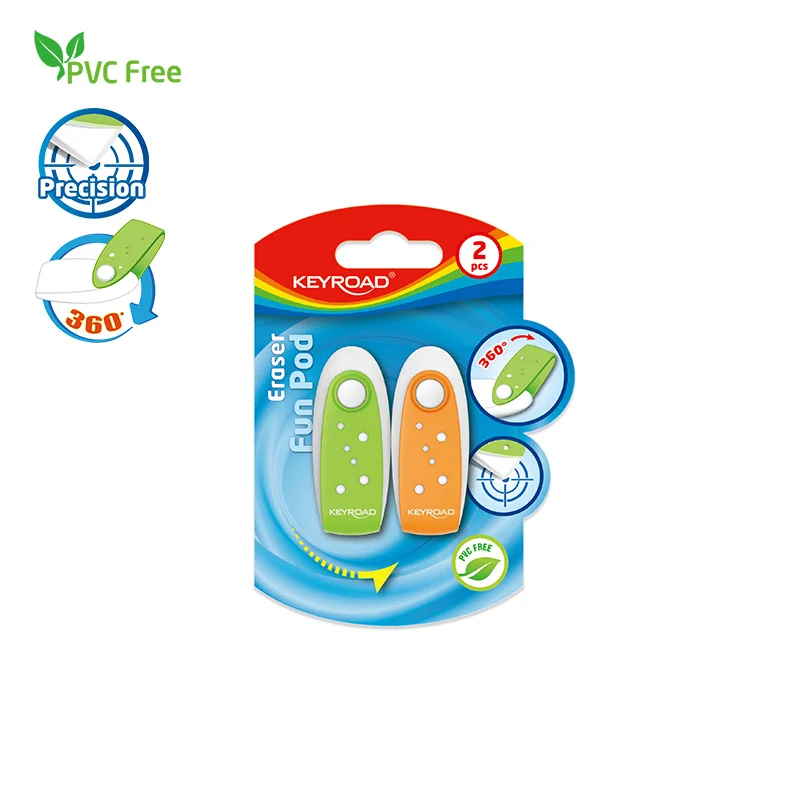In the dynamic world of business, understanding how products are classified is crucial for effective marketing strategies, supply chain management, and overall business success. This article aims to delve into the intricacies of business product classification, providing a comprehensive and practical guide for professionals across industries. By exploring multiple levels of classification, we will uncover the underlying principles and shed light on the diverse range of products that drive the global economy.
I. The Macro Classification:
At the highest level, business products can be classified into two broad categories: consumer products and industrial products. Consumer products are those that are directly purchased by individuals for personal use, while industrial products are used by businesses to produce other goods or provide services. This classification helps distinguish the target market and marketing strategies employed for each type.
II. Consumer Products Classification:
- Convenience Products:
Convenience products are everyday items that consumers purchase frequently and with minimal effort. These products are usually low-cost and widely available, such as snacks, toiletries, and household supplies. They require extensive distribution networks and effective branding to ensure easy accessibility and top-of-mind awareness. - Shopping Products:
Shopping products are goods that consumers compare and evaluate before making a purchase decision. These products often have higher prices and require more research and consideration. Examples include clothing, electronics, and furniture. Marketing efforts for shopping products focus on differentiation, quality, and customer experience. - Specialty Products:
Specialty products are unique or exclusive items that consumers actively seek out. These products possess specific features, brand reputation, or superior quality that sets them apart from competitors. Luxury goods, high-end vehicles, and designer fashion fall into this category. Marketing strategies for specialty products emphasize brand image, exclusivity, and personalized experiences. - Unsought Products:
Unsought products are goods that consumers do not actively seek or think about until a need arises. These products often require persuasive marketing efforts to generate demand. Examples include funeral services, insurance policies, and medical devices. Effective marketing for unsought products focuses on creating awareness, highlighting benefits, and addressing consumer concerns.
III. Industrial Products Classification:
- Materials and Parts:
Materials and parts are raw materials, components, or sub-assemblies used in the production of other goods. This category includes items like steel, plastics, electronic chips, and engines. The demand for materials and parts is derived from the demand for the final products they contribute to. Marketing efforts for this category often involve building strong relationships with suppliers and ensuring a reliable supply chain. - Capital Items:
Capital items are long-lasting goods that businesses use to produce other goods or provide services. These products have a significant investment cost and are not frequently purchased. Examples include machinery, buildings, and vehicles. Marketing strategies for capital items focus on demonstrating long-term value, reliability, and return on investment. - Supplies and Business Services:
Supplies and business services encompass consumable items and support services that businesses require to operate efficiently. This category includes office supplies, cleaning services, legal advice, and IT support. Marketing efforts for supplies and business services often involve building strong relationships, emphasizing quality and reliability, and providing customized solutions.
Conclusion:
Understanding the classification of business products is essential for businesses to tailor their marketing strategies, manage their supply chains effectively, and meet the diverse needs of consumers and industries. By recognizing the various levels of classification and their unique characteristics, businesses can make informed decisions and gain a competitive edge in the market. So, whether you are a marketer, entrepreneur, or business professional, harnessing the power of product classification will undoubtedly contribute to your success in the ever-evolving business landscape.










+ There are no comments
Add yours